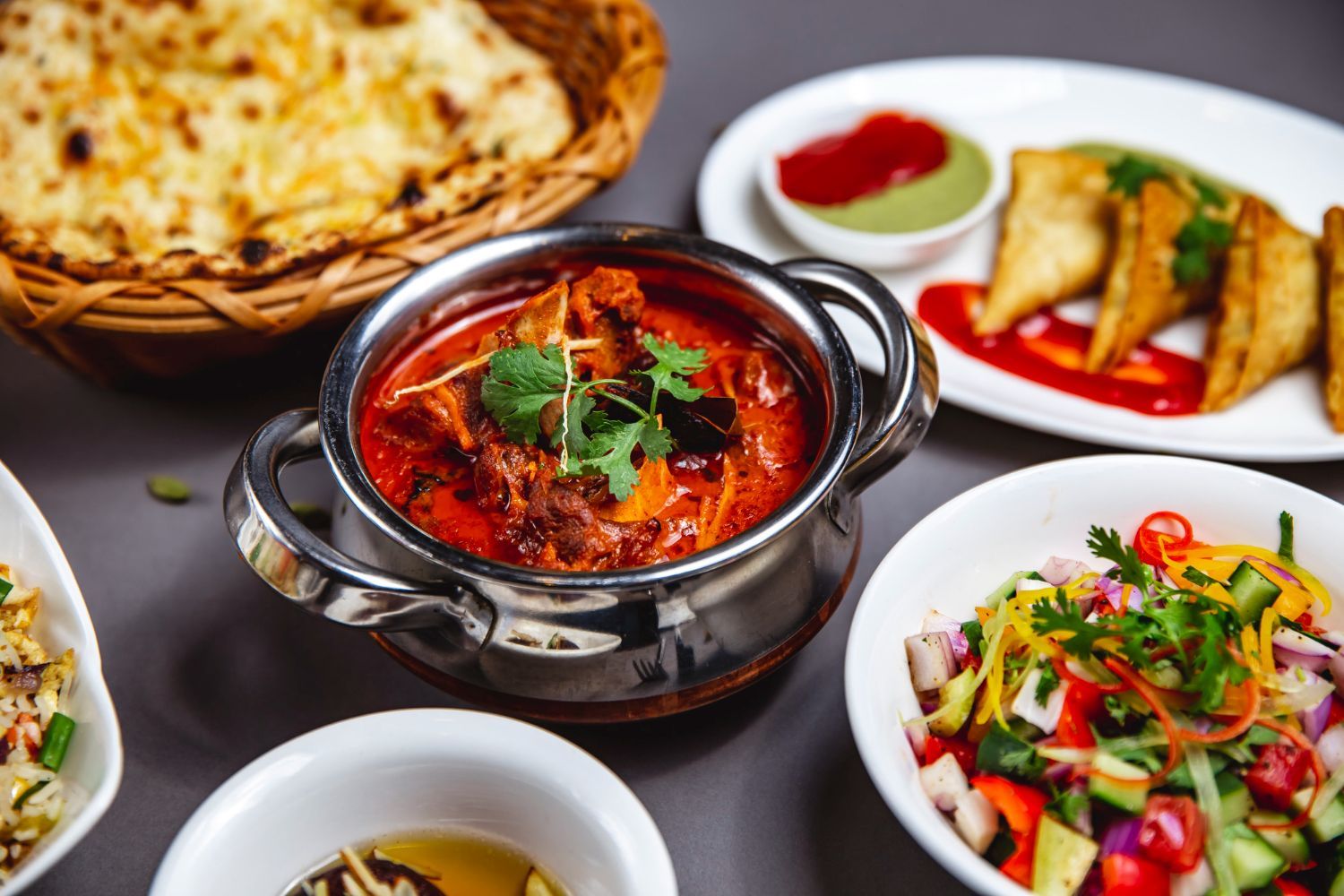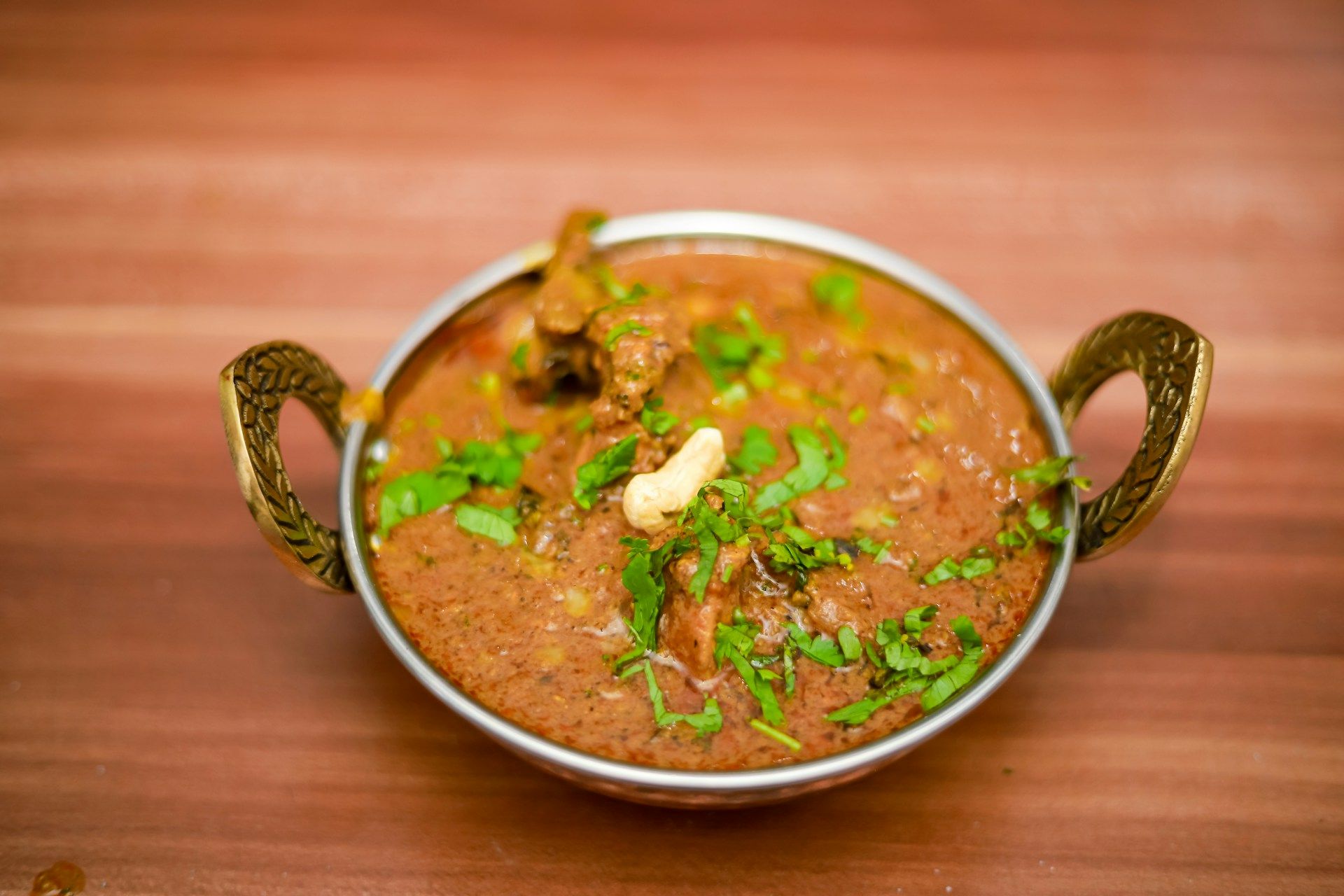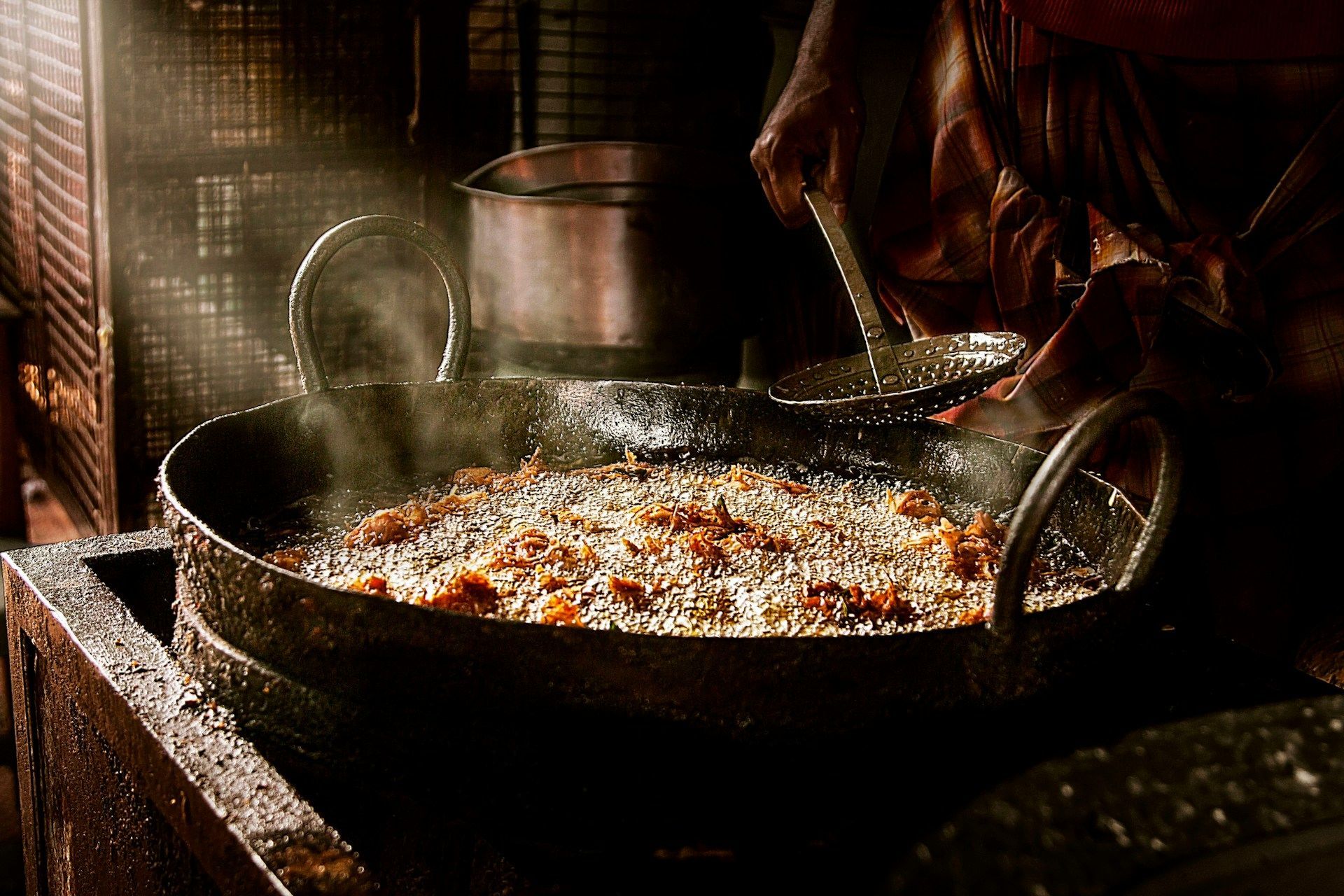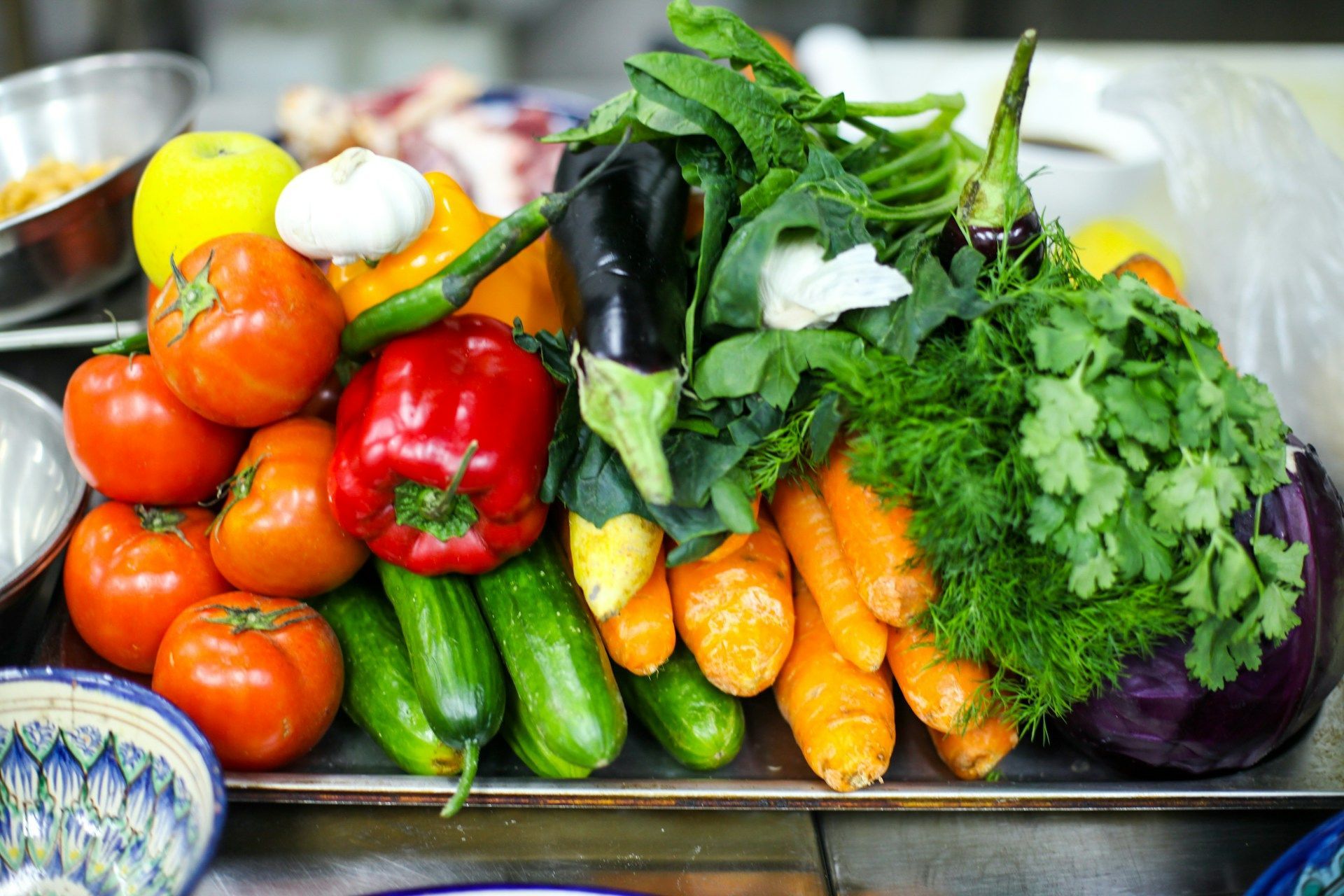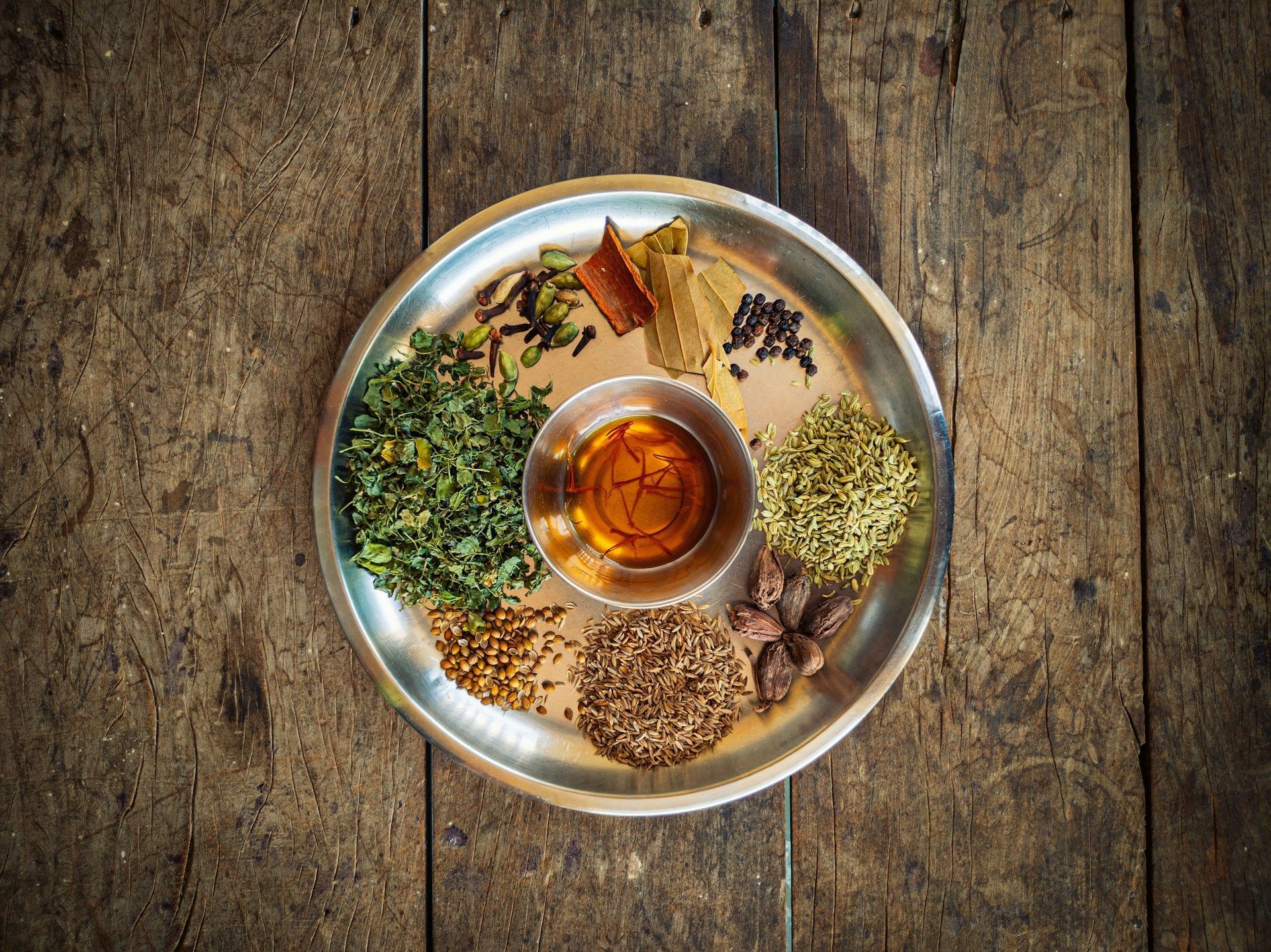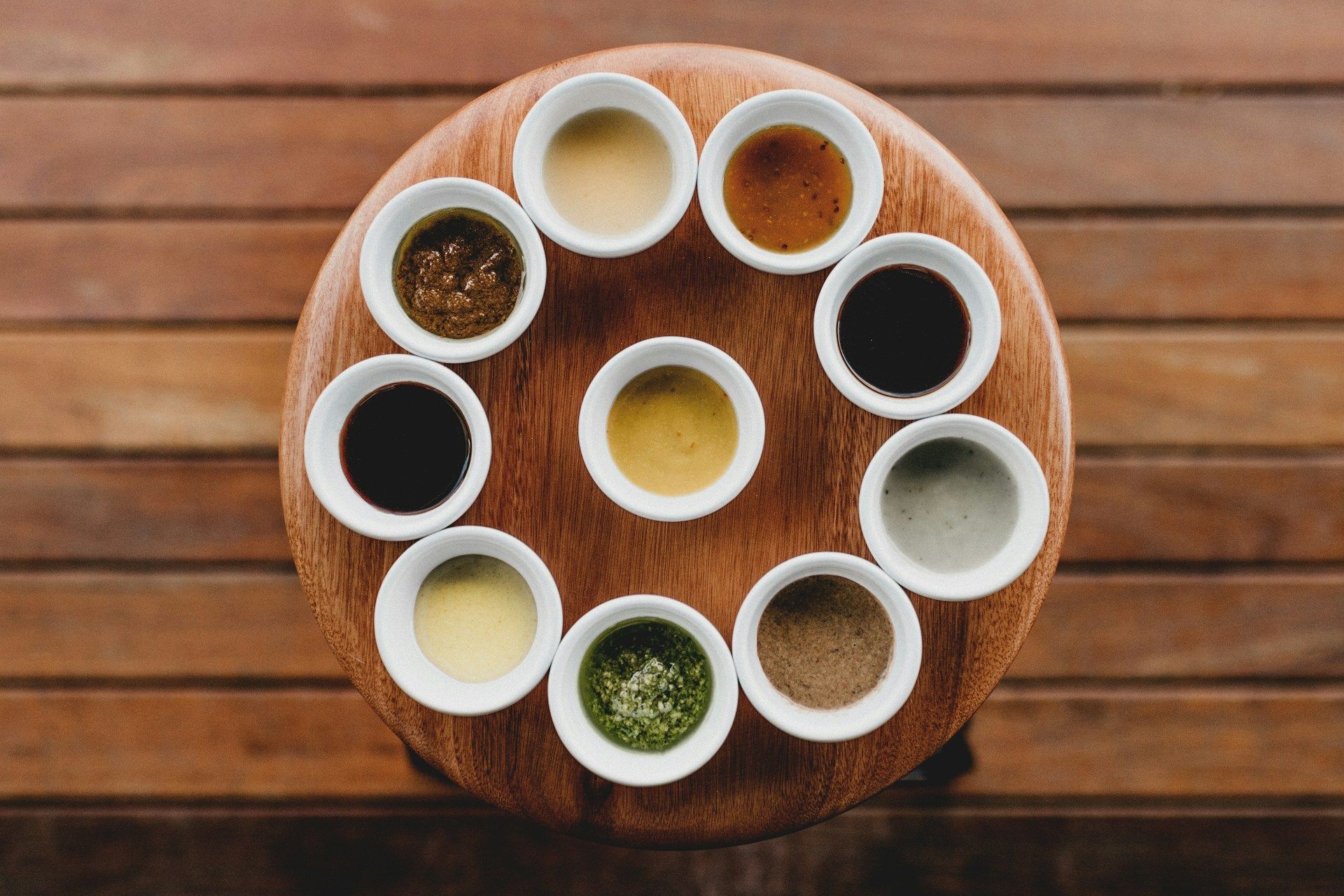How to Make Delicious Vegan Indian Meals
Indian cuisine offers a myriad of flavours and colours that captivate the senses, and it turns out there's plenty of room to make it vegan without missing out on deliciousness. With a rich variety of plant-based ingredients and spices, creating vegan Indian meals can be both fulfilling and fun. These fragrant dishes are not only kind to animals and the planet, but they are also a treat for anyone looking to enjoy a wholesome, nutritious meal.
What makes vegan Indian cooking especially exciting is its reliance on naturally occurring flavours and textures. By using a clever mix of spices, herbs, and fresh vegetables, it's easy to create dishes that are as satisfying as traditional recipes. This allows for endless creativity in the kitchen, whether you're making a simple lentil curry or an elaborate tofu tikka masala.
In this guide, we'll explore how to unlock the potential of Indian vegan meals, making them not just an option but a preferred choice for delicious and healthy eating. Whether you're a seasoned chef or new to cooking, there's always something new to learn about this beloved cuisine.
Understanding the Essentials of Vegan Indian Cooking
Vegan Indian cooking draws from a rich heritage of plant-based recipes, showcasing vibrant flavours crafted from wholesome ingredients. The staples in this cuisine form the backbone of many traditional and modern vegan dishes. Legumes, like lentils and chickpeas, serve as protein-rich bases for curries and stews. They are versatile, taking on the deep flavours of spices beautifully. Vegetables like cauliflower, spinach, and potatoes are frequently used to create hearty, satisfying meals.
Key spices play a crucial role in defining North and South Indian flavours alike. Here are a few essentials you’ll often find:
- Cumin: Earthy and warming, cumin seeds are typically used whole and fried in oil to release their flavour, adding a nutty depth to dishes.
- Coriander: Both the seeds and leaves are widely used. While the seeds lend a citrusy, nutty flavour, the leaves are fresh and bright.
- Turmeric: Known for its golden colour, turmeric adds a warm, slightly bitter taste and is praised for its health benefits.
- Garam Masala: A blend of ground spices, often including cinnamon, cardamom, and cloves. It offers a complex, aromatic richness.
- Mustard Seeds: Typically black or brown, these seeds add a pungent kick when they pop in hot oil, a common process in Indian cooking.
Herbs like fresh coriander and mint, along with ingredients such as coconut milk and tamarind, enhance the flavours and textures, bringing a balance that makes vegan Indian dishes delightful. Mastering these staples and spices creates a strong foundation for anyone wishing to dive into this flavourful world of vegan Indian cuisine.
Simple Steps to Create Flavourful Vegan Dishes
Creating delicious vegan Indian meals involves balancing spices and combining ingredients harmoniously. Here are some easy techniques to consider:
- Layering Spices: Start by frying whole spices like cumin seeds and mustard seeds in hot oil to enhance their flavours. Then add powdered spices like turmeric and coriander to deepen the taste.
- Tempering: This involves cooking spices in hot oil and adding them to the dish at the end, creating a fragrant aroma and enhancing taste. It’s often used in dishes like dal.
- Soaking and Cooking Legumes: Soak chickpeas or lentils overnight to soften them, ensuring a creamy texture when cooked. This step is crucial for dishes like chana masala and dal makhani.
- Balancing Flavours: Use tamarind or lemon juice to add tanginess, and coconut milk or cashew paste for creaminess, balancing the heat and spice in curries.
- Garnishing: Finish with a sprinkle of fresh herbs like coriander or mint to add freshness and a burst of colour.
For popular dishes like aloo gobi, try roasting the potatoes and cauliflower before adding them to the spice mix. This adds a depth of flavour and a pleasing texture. When making vegan biryani, utilise fragrant basmati rice and a blend of aromatic spices to replicate the classic dish while keeping it plant-based. By employing these straightforward steps, home cooks can bring the flavours of India into their kitchens, delighting taste buds with each bite.
Exploring the Nutritional Benefits of Vegan Indian Meals
Vegan Indian meals are not just rich in flavour, they also offer significant nutritional benefits. The core of these dishes is built around plant-based ingredients, which load meals with essential nutrients. Legumes like lentils and beans are excellent sources of protein and fibre, supporting muscle repair and digestive health. They are often used in hearty dishes such as dal and chickpea curry, providing a staple source of energy and nutrition.
Vegetables play a crucial role, offering a wide array of vitamins and minerals. Leafy greens like spinach provide iron and calcium, while carrots and peppers are packed with Vitamin A and C. By using a colourful mix of vegetables, you not only make meals visually appealing but also increase their nutrient variety.
Indian cuisine also makes excellent use of spices, which sometimes have anti-inflammatory properties and can aid digestion. For instance, turmeric is renowned for its medicinal qualities, thanks to curcumin, which is believed to help reduce inflammation. Ginger and garlic are other common ingredients with numerous health benefits, such as supporting the immune system.
Incorporating these nutrient-rich components into meals ensures that vegan Indian dishes aren't just delicious but also promote a balanced diet. With the right combination of plant-based ingredients, it's easy to create wholesome and satisfying meals that both nourish and delight.
Incorporating Authentic Indian Flavours in Vegan Cooking
Incorporating authentic Indian flavours in vegan cooking involves using traditional methods and ingredients to stay true to the roots of the cuisine. The secret lies in the skilful use of spices and herbs that elevate the taste of even the simplest ingredients. Techniques like roasting spices help release their essential oils, which can transform the entire flavour profile of a dish.
To bring authenticity to vegan dishes, consider using these methods:
- Tadka (Tempering): Fry whole spices such as mustard seeds, cumin, and chillies in oil to create a flavour-infused base.
- Masala Blends: Use custom spice mixes like garam masala and curry powder to add depth and complexity.
- b Marinate vegetables or tofu in spiced yoghurt alternatives or tamarind pastes to enhance flavour and create a rich taste.
Classic Indian dishes are easily made vegan-friendly with slight twists. For example, swap out paneer with tofu in palak paneer to create a delicious vegan version. Use coconut milk in coconut-based curries instead of cream to achieve a similar creamy texture while keeping the dish plant-based.
Exploring these traditional techniques will not only help in making vegan adaptations taste authentic but will also ensure the dishes resonate with the essence of Indian cooking.
Conclusion:
Embracing vegan Indian meals is a delightful journey into a world of rich tastes and vibrant colours. By focusing on freshness and authentic flavours, you can create dishes that are both nourishing and satisfying. The use of spices not only enhances flavours but also brings health benefits, making these meals a balanced choice for any diet.
At Tower Tandoori, we celebrate the diversity and depth of Indian cuisine by bringing delicious vegan options to our menu. Explore the authentic taste of India with our carefully crafted vegan dishes that promise both flavour and satisfaction. Visit our Indian restaurant in London to experience the art of Indian vegan cooking firsthand, where traditional methods meet modern tastes in every bite. We look forward to welcoming you!

